
David Shulman

Showing all 8 books

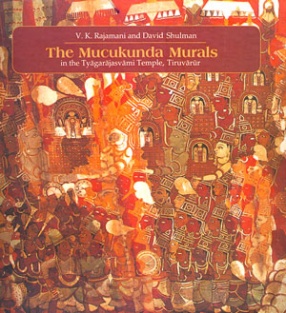
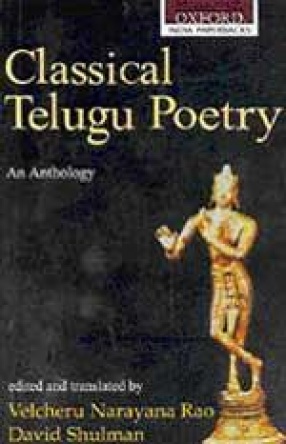

The stories in Dolls’ Wedding, by the finest short-story writer in modern Telugu, are nuanced, hard-hitting and marked by the total absence of sentimentality. A tightly constructed plot relies on a minimalist portrayal of characters-among them beggars, peasants, widows, children and the upwardly mobile middle class-whose pragmatism drives them to break convention and fight for their survival. The aged auditor’s young wife in Got to Go to Eluru seduces ...

On the ceiling of the Devasiraya Mandapam in the third prakara of the Tyagarajasvami Temple in Tiruvarur, an unfinished set of around 50 painted panels depicts the story of the monkey-faced Chola king Mucukunda, who is said to have brought the god Tyagaraja from heaven down to Tiruvarur. The story is well documented in medieval Tamil texts such as Kantapuranam of Kacciyappa civacariyar and Campantamunivar's Tiruvarurppuranam.The paintings, although in a ...
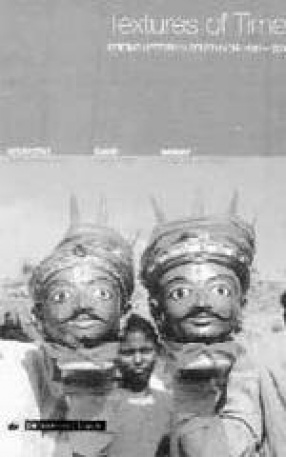
Everyone has a past: the question is what one does with it. If generations of scholars are to be believed, south Indian society in the centuries before colonial rule showed an indifference to its past—or, at best, approached the past through myth, legend and phantasmagoria. This book sets out not merely to disprove that idea, but to demonstrate in some detail the complex forms of historiography that were produced in South India between the fifteenth and the ...

The classical tradition in Telugu is one of the richest, most original, and least explored of all South Asian literatures. This anthology—the first of its kind—opens a window to a thousand years of poetry in Telugu. Each of the major poets is represented in this anthology by a substantial selection. The poetry is often startling in its freshness, individuality and depth. The anthology ranges from the epic narrative poetry of Nannaya and Tikkana to the ...
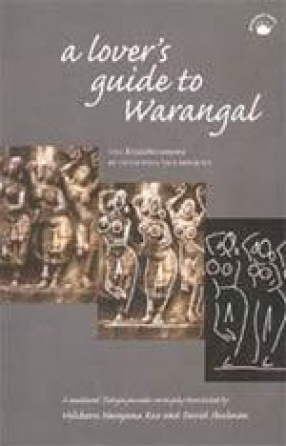
The Kridabhiramamu of Vinukonda Vallabharaya occupies a unique place in the history of South Indian literature. Composed as a one-act play in Telugu verse in the early fifteenth century, it offers a parodic vision of the Kakatiya capital of Warangal as reimagined by a poet living far to the south, in Mopuru, some hundred years after the destruction of the Kakatiya city by the Tughluks. The poet unfolds a remarkably realistic and highly eroticized panorama of life ...

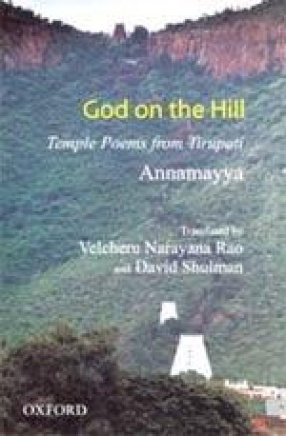
The devotional poems of Annamayya, who lived in the fifteenth century, are perhaps the most accessible and universal achievement of classical Telugu literature, one of the major literatures of pre-modern India. Annamayya effectively created and popularized a new genre, the short padam song, which spread throughout the Telugu and Tamil regions and would become an important vehicle for the composition of Carnatic music-the classical music of south India. In this ...

